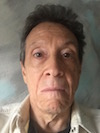 [Reminded by a news story that we’ve reached the 20th anniversary of the death of Princess Diana, I recalled that I’d written something about it a few years later, which I published in August 2000 in a bi-weekly column I then ran in a local giveaway newspaper, the Star-Reporter chain, which had a circulation of about 60,000 here on Staten Island. Subsequently I put it online in a section of The Nearby Café devoted to life here in “the forgotten borough.”
[Reminded by a news story that we’ve reached the 20th anniversary of the death of Princess Diana, I recalled that I’d written something about it a few years later, which I published in August 2000 in a bi-weekly column I then ran in a local giveaway newspaper, the Star-Reporter chain, which had a circulation of about 60,000 here on Staten Island. Subsequently I put it online in a section of The Nearby Café devoted to life here in “the forgotten borough.”
On the assumption that few readers of this blog have drilled down into that archive, I’m republishing it here, with a few minor revisions. Part 1 appears below; click here for Part 2.― A. D. C.]
•
Diana’s Death, Revisited
Having commented in this space a year ago about the media feeding frenzy over the death of John F. Kennedy, Jr., I thought I’d come at that question from a different angle. This rumination is prompted by the imminent third anniversary of the death in Paris of Princess Diana and Dodi al-Fayed on August 31, 1997, along with the recent report that Jean-Paul “James” Andanson, the “legendary” paparazzo suspected of accountability in that event, died recently under mysterious circumstances. Apparently, he burned to death in his car on May 6, 2000, near Larzac, in central France. Suicide, though initially suspected, was subsequently rejected as a motive.
According to the Associated Press, Andanson “was in Sardinia, days before the Aug. 31, 1997 deaths of Diana and Dodi, stalking them during their vacation. … The photographer was not among the paparazzi found at the scene of the crash and taken into custody.”1 However, a white Fiat Uno with a damaged left-rear fender — owned by Andanson, but repainted and sold shortly after the tragic accident that took the lives of Diana, al-Fayed, and their driver — may have been the vehicle that collided in that Parisian tunnel with the car in which the Princess of Wales and her companions were riding.
The social consequence of the international outpouring of grief over her demise cannot yet be measured. But the death of Diana as the culmination of that high-speed car crash has so far had one potentially beneficial consequence: it has foregrounded, brought to international attention, and sparked serious and widespread public debate over the question of the right to privacy in relation to the behavior of photographers in public places.
This long-overdue consideration began immediately upon the disclosure that the Mercedes in which the late princess was traveling with al-Fayed had been chased from the restaurant in the Ritz hotel by a wolfpack of ten freelance photographers in cars and on motorcycles, and that the high speed at which the vehicle was traveling when it entered the fatal tunnel — 90 mph, some three times over the city speed limit — was unquestionably an effort to elude this pursuit. Outrage grew rapidly upon the disclosure that French police had arrested the seven wilding paparazzi — six French, one Macedonian — whom they found parked and ghoulishly photographing at the scene, and ultimately included the other three in their formal investigation.
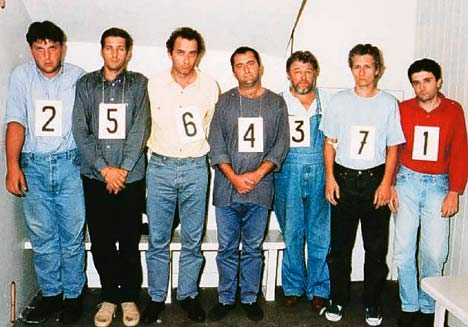
Paparazzi arrested after the crash (l-r): Romuald Rat, Serge Arnal, Jacques Langevin, Nikolai Arsov, Laslo Veres, and Christian Martinez, and motorcyclist Stephane Darmon. Mugshot courtesy French police.
The police concern in this matter involved two issues: whether the vehicular behavior of the photographers and their drivers (speeding around and cutting in front of the car, shooting their strobes off in the driver’s face, forinstance) contributed in direct causal fashion to the tragedy, and whether they violated French law by proceeding immediately to photograph the destroyed car and the four dead, dying and injured people trapped within it, rather than calling for help and trying to aid the victims. (Police arriving at the scene found the photographers busily at work with cameras and strobes; according to picture editors in the U.K. and the U.S., images of the crash were being offered for publication, at prices ranging from $325,000 to $1 million, within hours of the calamity.)
Ultimately, on September 3, 1999, French judge Hervé Stephan closed the two-year inquiry into the car crash, finding insufficient evidence to justify the bringing of manslaughter charges against the nine photographers and one press motorcyclist implicated in the accident. This was not exactly an exoneration, or an approval of their actions, but merely an acknowledgment that, technically, they hadn’t broken the law.
From Judge Stephan’s decision:
“The critical view which could be brought on the manner in which the various people under examination have, during the course of the night in question, exerted their professional activity can only be recorded within the circumstances of the moral appreciation or the code of ethics which govern the profession of journalist or photo-journalist.” (To read the full decision, click here.)
The role of Andanson in all this remains unclear, and the possibility of foul play in his death augurs an inevitable spiral into the hall of mirrors of conspiracy theory.
•
Inclined myself to neither gossip nor celebrity-tracking, I have no particular investment in the Diana story, nor did I feel any special sense of loss or grief over her death. But the needless and pointless ending of a promising young life saddened me, and to the extent that issues of photographic practice — in this case, image-making, picture-editing, photo publishing, and photo consumption — are implicated in this situation, the event surely falls within my purview as a regular commentator on issues of photography and culture.
First, let me point out that the behavior of these particular paparazzi and the rest of their ilk — and, indeed, the behavior of photographers who work in the public sphere generally — is largely unregulated by legislation in most countries. This holds true whether the subjects are celebrities like Diana, politicians and holders of public office, people unexpectedly thrust into the spotlight (a white-collar criminal, a rape victim), or simply average citizens going about their daily business in no newsworthy way. What governs the conduct of such photographers instead is a loose mix of public tolerance, accepted professional practice, marketplace demands, established precedent, and a sizeable but incoherent body of case law addressing individual instances and complaints.
Which is to say that the photographers to whom we become potential lens bait once we step out of our front doors — indeed, as soon as we stand visible to them within the windows of our own homes — are not exercising specific legal rights granted to them by the polity and the legal system after extended public consideration of the pros and cons involved. They are acting instead on the basis of powers they’ve arrogated to themselves gradually, without the active consent of the polity and the legislature, and certainly without the agreement and cooperation of the majority of their subjects.
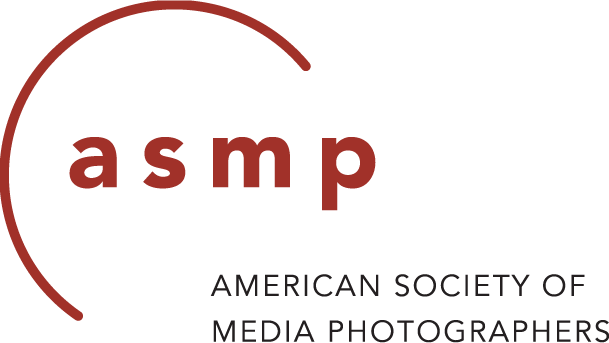 Nor are they guided by anything resembling a professional code of ethics. To the best of my knowledge, there is today no such formal code subscribed to by any group of photographers anywhere in the world. Certainly there’s none here in the U.S. Notably, the last time it promulgated such a protocol — back in the 1970s, as I recall — the American Society of Media Photographers’ “Code of Ethics” concerned itself exclusively with what one could charge for various services: ethics as fee schedule. [Note: This has changed since I wrote that sentence, notably now recommending that members “Respect the privacy and property rights of one’s subjects.” — A. D. C.]
Nor are they guided by anything resembling a professional code of ethics. To the best of my knowledge, there is today no such formal code subscribed to by any group of photographers anywhere in the world. Certainly there’s none here in the U.S. Notably, the last time it promulgated such a protocol — back in the 1970s, as I recall — the American Society of Media Photographers’ “Code of Ethics” concerned itself exclusively with what one could charge for various services: ethics as fee schedule. [Note: This has changed since I wrote that sentence, notably now recommending that members “Respect the privacy and property rights of one’s subjects.” — A. D. C.]
Second, there was no widespread social consensus expressly favoring free rein for photographers working in public upon the medium’s introduction in 1839, or anytime thereafter. To the contrary, the voracity, rudeness, amorality and recklessness of a certain breed of photographers was noted early on and — in the U.K., primarily — debated hotly, with efforts at legislative protection of the public made sporadically, as historian Bill Jay has noted. This form of photography continued thenceforth under public sufferance, but hardly with public approval. It remains unclear to me whether the public in any country realizes one simple fact: photographers’ intrusion into private life conducted in public places does not enjoy legislative sanction or protection, but is fundamentally a privilege, possibly rescindable.
That idea should function as the starting point for all debate on this issue. Given the absence of anything on record save a haphazard and often contradictory tangle of case law, nothing prevents the proposal and enactment of new legislation covering rights of privacy in public places. Nothing prohibits the creation of laws protecting the populace from the incursions of photographers specifically and the media in general into anything save distinctly public occasions — political rallies, public demonstrations, street performances and such.
(Part 1 I 2)
1 Nicolas Marmie, “Mystery Fiat May Be Photographer’s,” Associated Press release, Friday, Feb. 13, 1998.
•
 Special offer: If you want me to either continue pursuing a particular subject or give you a break and (for one post) write on a topic — my choice — other than the current main story, make a donation of $50 via the PayPal widget below, indicating your preference in a note accompanying your donation. I’ll credit you as that new post’s sponsor, and link to a website of your choosing. Include a note with your snail-mail address (or email it to me separately) for a free signed copy of my 1995 book Critical Focus!
Special offer: If you want me to either continue pursuing a particular subject or give you a break and (for one post) write on a topic — my choice — other than the current main story, make a donation of $50 via the PayPal widget below, indicating your preference in a note accompanying your donation. I’ll credit you as that new post’s sponsor, and link to a website of your choosing. Include a note with your snail-mail address (or email it to me separately) for a free signed copy of my 1995 book Critical Focus!
 But wait! There’s more! Donate now and I’ll include a copy of The Silent Strength of Liu Xia, the catalog of the 2012-13 touring exhibition of photos by the dissident Chinese photographer, artist, and poet, currently in her sixth year of extralegal house arrest in Beijing. The only publication of her photographic work, it includes all 26 images in the exhibition, plus another 14 from the same series, along with essays by Guy Sorman, Andrew Nathan, and Cui Weiping, professor at the Beijing Film Academy.
But wait! There’s more! Donate now and I’ll include a copy of The Silent Strength of Liu Xia, the catalog of the 2012-13 touring exhibition of photos by the dissident Chinese photographer, artist, and poet, currently in her sixth year of extralegal house arrest in Beijing. The only publication of her photographic work, it includes all 26 images in the exhibition, plus another 14 from the same series, along with essays by Guy Sorman, Andrew Nathan, and Cui Weiping, professor at the Beijing Film Academy.


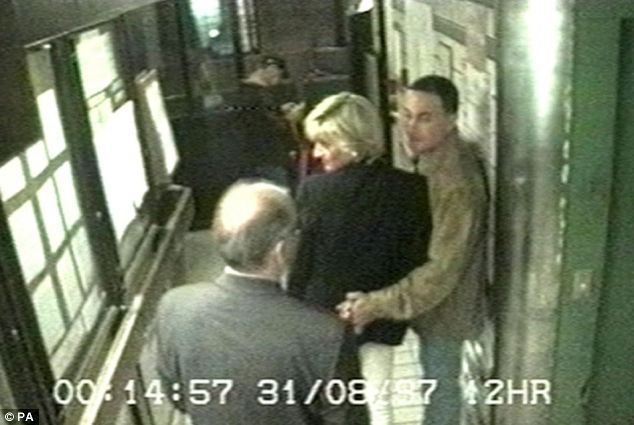
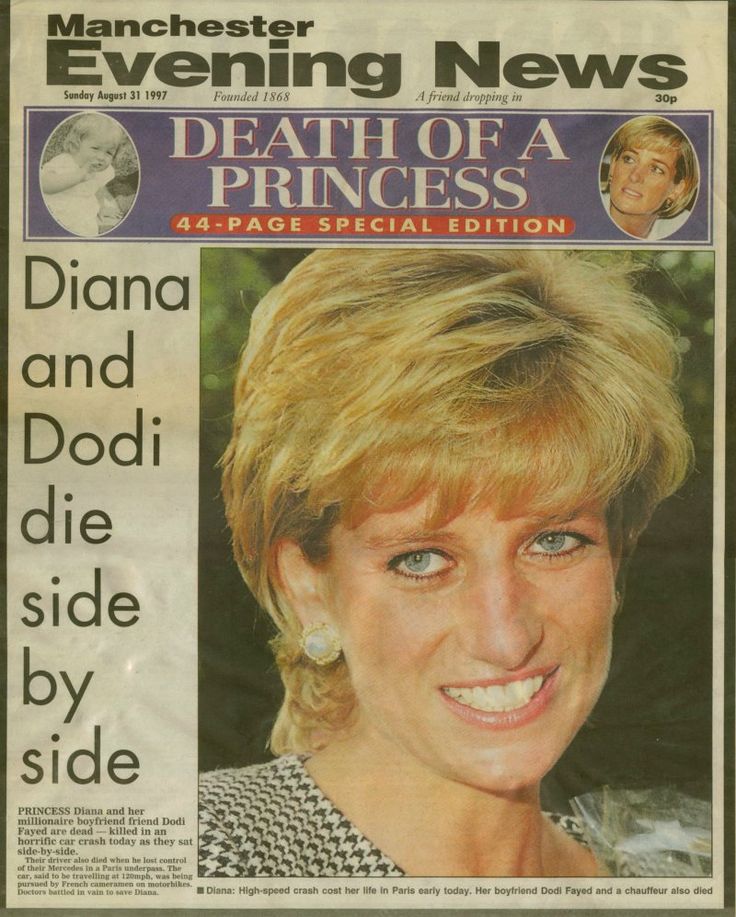




The techniques of Ron Galella stalking his photographic prey are as distant as British troops lining up to do battle in the woods of New England. The voracious appetite of the worldwide public for any photo of actual or celebrity royalty has morphed exponentially with social media. It would seem it has outstripped any other function of contemporary photography.
Al,
This is all purely hindsight, but I remember that the driver was found to be legally drunk. Further, there were rumors that elements of the British government might have tinkered with the situation helping — perhaps inadvertently — to cause the accident. Paparazzi are by definition predatory and must be to get their pictures from unwilling targets. As to privacy, for the most part it remains, generally, a matter of tradition rather than law.
Best,
Doug
Henri Paul, the driver, was initially proclaimed to have been drunk. But that has undergone serious challenge since: see, for example, “Diana’s driver was not drunk,” by John Chapman, Express (UK), June 19, 2007.
My basic point: Treating humans as prey, surrounding them while on the road and shouting at them while shooting off flash guns, does not contribute positively to the driving performance of anyone, regardless of degree of sobriety.
I didn’t feel the need to go down the rabbit hole of conspiracy theories regarding this case, since they’re well-known, easily accessible, and don’t pertain to the issues of privacy, paparazzi intrusion, etc.
You write, “privacy, for the most part … remains, generally, a matter of tradition rather than law.” My point exactly. But it needn’t be so — also my point.